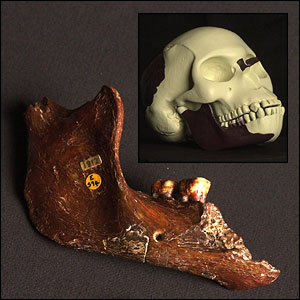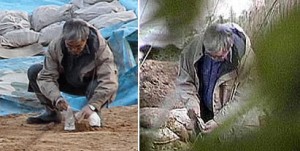When Professor Sarah Abrevaya Stein spoke at Vassar College she discussed the Jews of the Sahara. Which country does their history belong to? France, Israel, and Algeria all seem to gain control of the community. Rabbinical records are unclear, so it is difficult to tell which country has the right to write the history of the Jews of the Sahara.
During the end of the Algerian Revolution, France finally gave Jews of the Sahara citizenship. They had previously given citizenship to Jews in the North, and division between the two groups had grown. When giving the Saharan Jews citizenship, France had to review records held by the rabbinical leadership that had previously controlled the Saharan Jews. Finding the documentation sloppy, France decided to have documentation for Saharan Jews forged.
But Israel created another body of papers for Saharan Jews. Israel argued that all the Saharan Jews belonged to it because Israel is the Jewish homeland. Israel did not see how France could attempt to repatriate Algerian Jews if Jews never originated from France. France on the other hand, considered the Jews as their people. The French wanted to unwrite an unpopular history. If France had been in control of Algeria, then in the French logic, the Jews were French.
If archaeology was done, we could see how much Saharan Jews interacted with the French, prior to being repatriated. Archaeology could tell us whether the Jews connected themselves more with France, Israel, or neither.
However, both France and Israel stooped to using pseudoscience. Nationalism has “served as a motive for extreme or unsubstantiated…claims” (Feder 11). The Algerian government has no interest in sharing the real documents, so creating documents was the best way to claim a people. Probing more, countries could find out information against them. Good results are easier to obtain and better if you make up your own documentation. It is unethical, but productive, for countries to flat out lie.
Unfortunately the issue is not only limited to Saharan Jews. Similar stories are common in North Africa and the Middle East.
Nationalism is not an excuse from following the scientific method. If a country cannot properly follow science that sets a terrible example to its citizens. The reason why there is such confusion about whom the Saharan Jews belong to is because too much has been made up. The truth is hidden by lies and a lack of cooperation.







